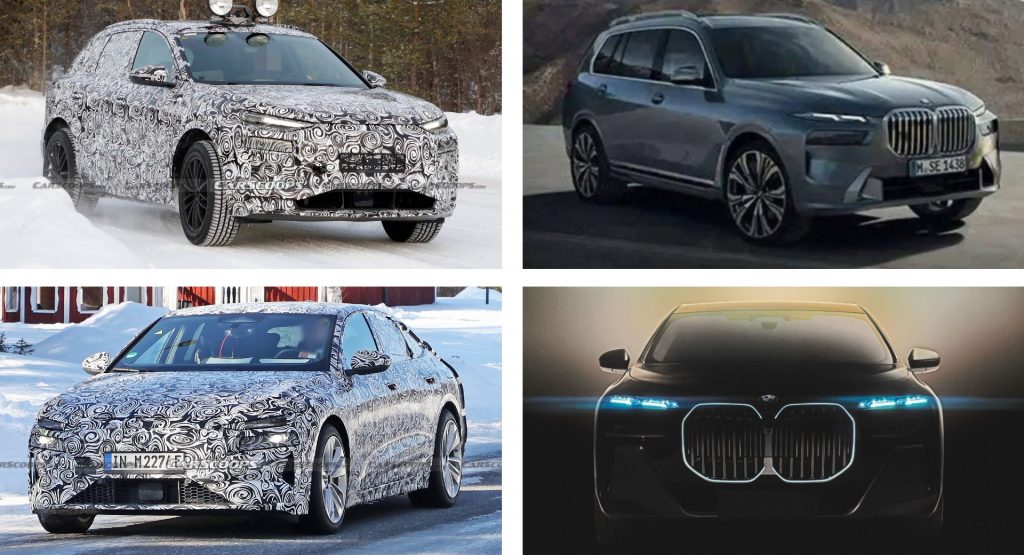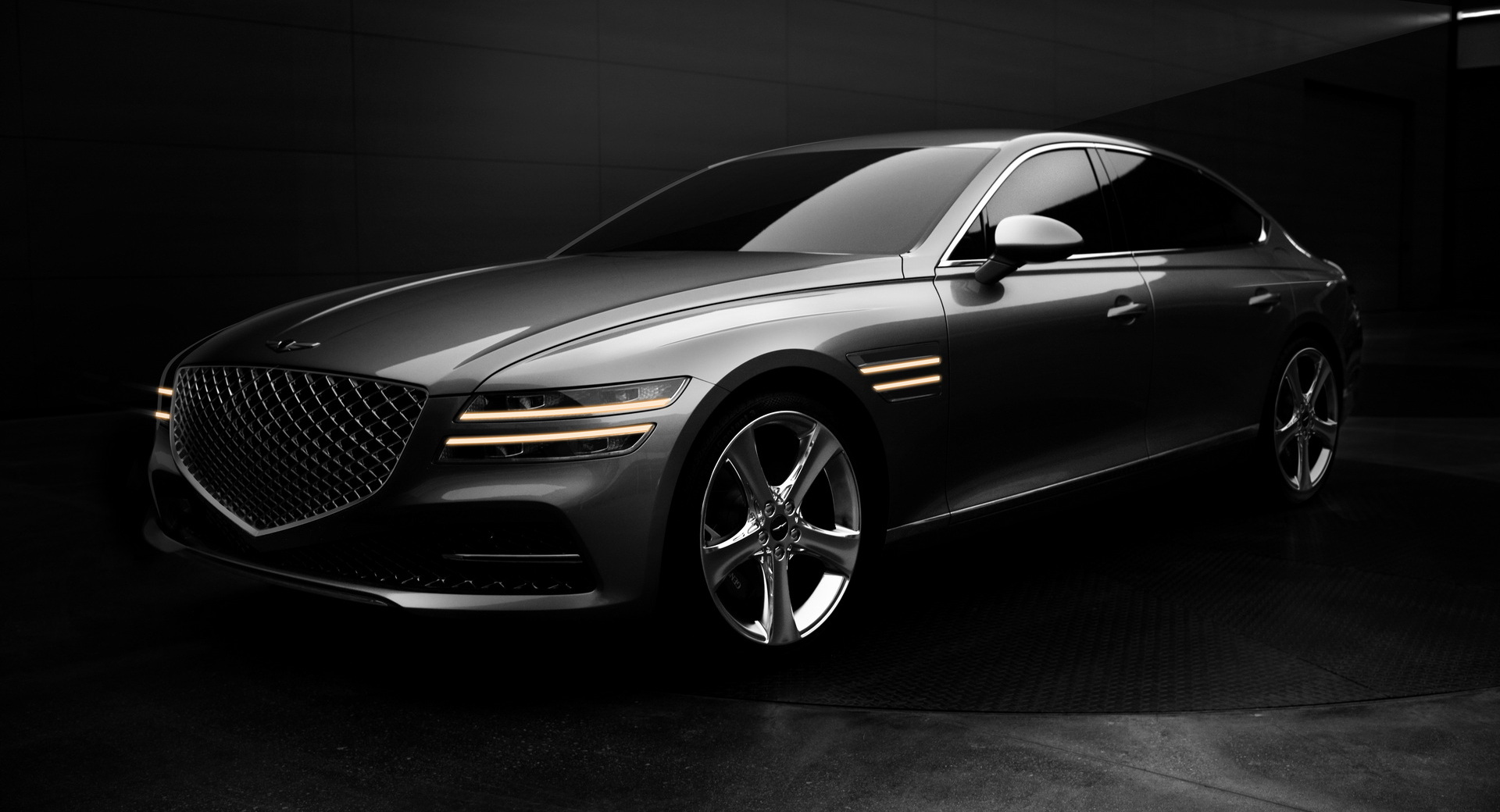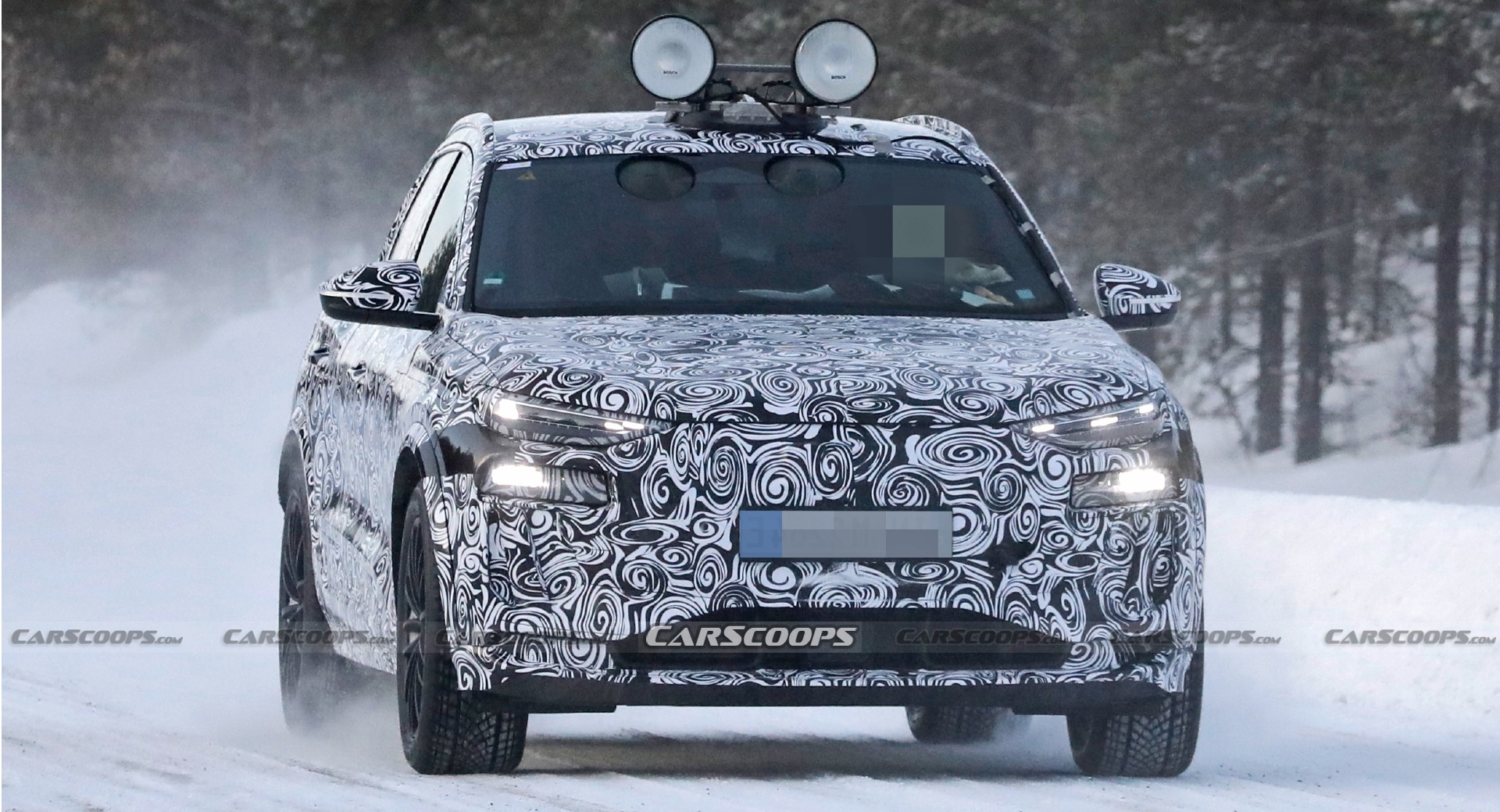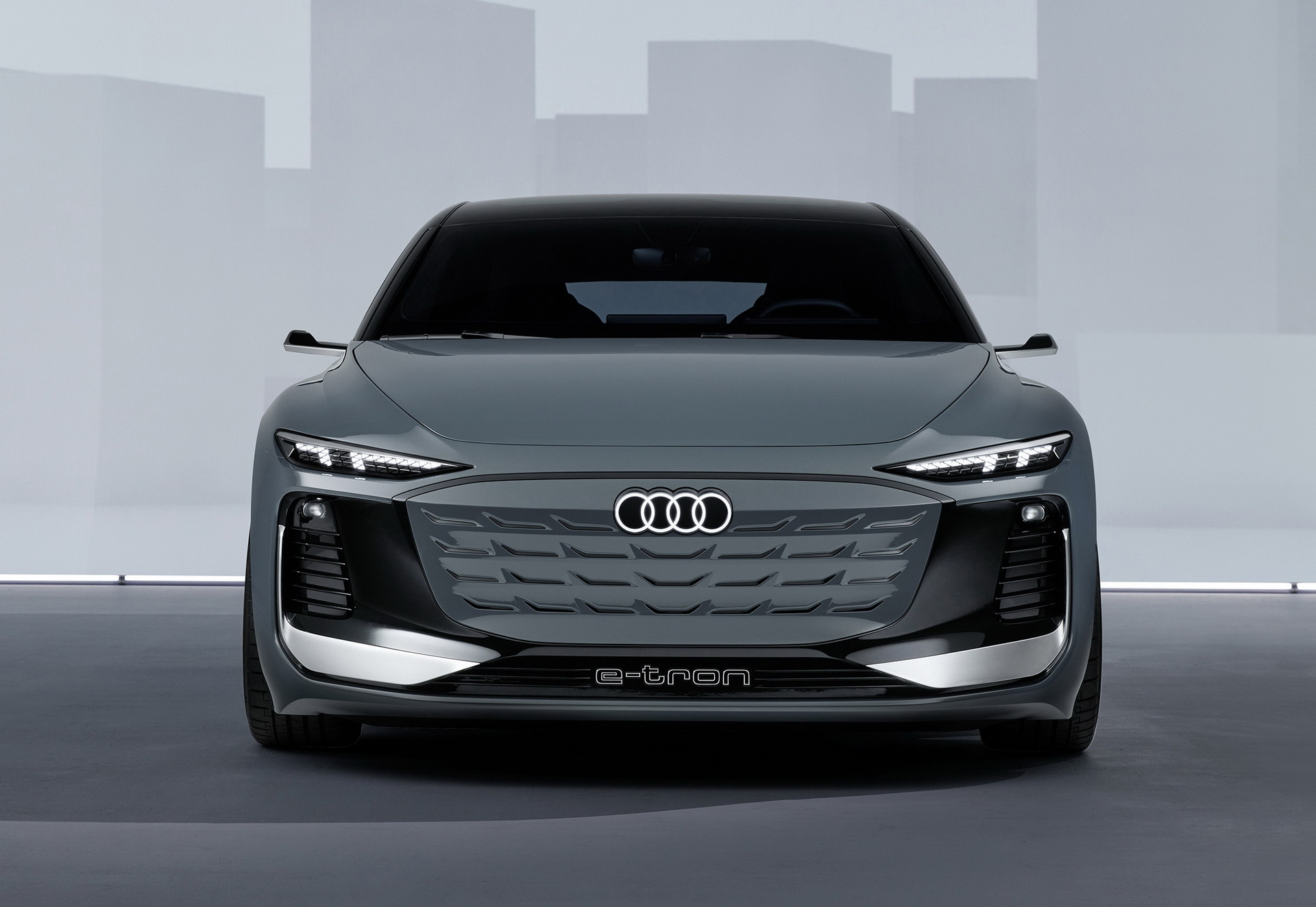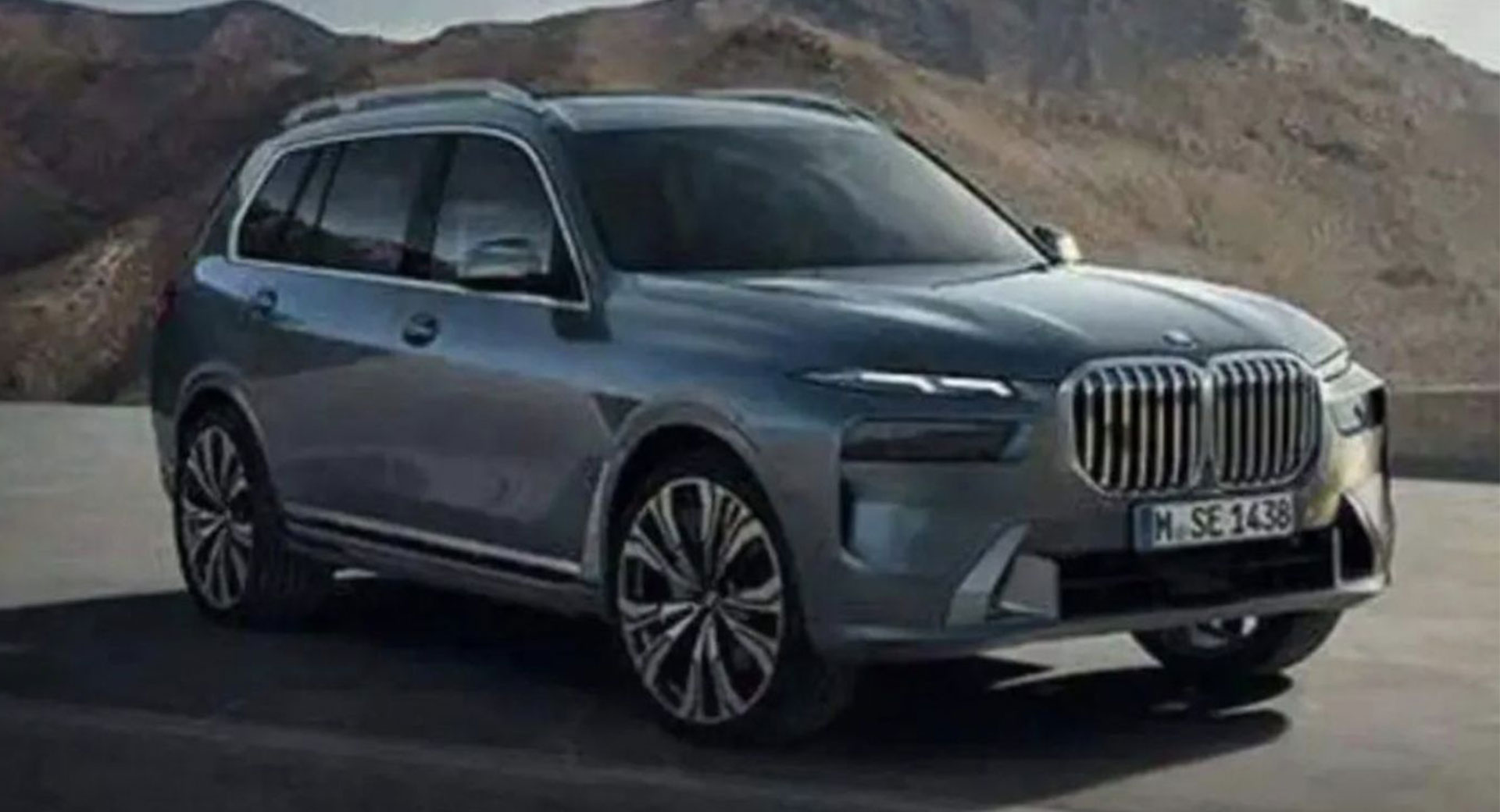Design trends in the automotive industry are constantly evolving with designers finding new ways of making the cars look appealing while complying with safety regulations, engineering limitations, and aerodynamic standards. A great example is the split headlight treatment that keeps expanding to more models from more automakers including Audi and BMW which are entering the game almost simultaneously this year.
Splitting Hairs
Looking back in the history of car design we will see countless configurations for the lighting units of automobiles. Everything started with different ways of positioning and organizing separate round units. We have seen horizontally arranged headlights in countless models, but also diagonally and vertically, all coming from the era of early experimentation. Then the trend moved on to grouping elements together (for example, pop-up headlights with additional high-mounted bumper lighting units), before merging everything in single headlights of all shapes and sizes. This lasted for a long time before lighting functions got separated again in the majority of modern vehicles. After all, the headlight and grille duo is what defines a vehicle’s face and give it the main characteristics of a brand.
So Does Everyone Have Split Headlights?
The short answer is no, since this term is used to describe a design trend, thus we should not take it literally. In simple words, a definition for the split headlight feature is vehicles having main headlight, high beam, and DRL functions separated in two different clusters, not counting the indicators and the foglights. Nowadays, most automakers are using the upper and thinner lighting units for the LED DRLs, and the larger lower units for the main headlight functions.
See Also: New Citroen C5 X Is A Comfort-Focused Flagship That Walks Between Wagons And SUVs
Among the models that pioneered this feature are the notorious Fiat Multipla (1998) and Pontiac Aztek (2000) although at the time the world was not ready to accept that level of differentiation and quirkiness. Then came the Nissan Juke (2010), a B-SUV which confused everyone with its high-mounted frog-style units and the main headlights looking like oversized foglights from a rally car.
The Citroen Cactus (2014) was another early adopter, eventually inspiring the entire Citroen range, while something similar happened with Mitsubishi’s Dynamic Shield design language that debuted in the e-Evolution concept (2017) before finding its way into the rest of the lineup. Other notable split headlight models were the Jeep Cherokee (2014) and the Hyundai Kona (2017) which helped popularize the trend.
While it can be hard to distinguish the primary headlight unit from the secondary in the aforementioned models, there are samples of dual headlights that our brains read as one. Examples include American oldies like the Chevrolet Tahoe (1991), modern vehicles from Korea like every single member of the current Genesis range (Quad Lamp design), or Japanese quirks like the Lexus IS (2014). Finally, we have countless examples of cars with separate lighting units that are easily identifiable as secondary, from the Fiat 500 (2007) to the Rolls-Royce Phantom VII (2003).
Numerous brands from all over the world have joined the trend in the past decade, but the timing of Audi’s and BMW’s involvement in the split headlight business is suspiciously close. We don’t want to get into the “who copied who” question, but the latest pictures of camouflaged prototypes, concept cars, and teasers of production vehicles are looking very much alike, prompting us to dig a little deeper.
Audi Is Sneaking Its Way Into The Split Headlight Game
While new to the game, Audi has somehow prepared us for the (light) switch by reforming its signature headlight shape with the characteristic step. The Q8 was the first model in its lineup to make the lower part of the headlights different from the upper by visually integrating it with the faux intakes.
The fully electric Q4 e-tron (2021) and Q5 e-tron (2021), evolved this feature while the Audi e-tron Sportback (2020) concept had already hinted at fully separated DRLs mounted on the bumper. A similar treatment can be seen in the production Q6 that will be exclusively available in China, although the function of the lighting units inside the intakes is not clear.
Up to this point, Audi had separate lighting graphics but no model qualified for the split headlight term. The production car duo that will most likely change that, are the mechanically-related Q6 e-Tron SUV and A6 e-tron sedan coming in 2023 and 2024 respectively. The Q6 e-tron appeared in the latest spy pictures with a Citroen-style approach, despite the fact that earlier prototypes came with more conventional single headlights.
As for the low-riding model, both the A6 e-tron concept (2021) and the more recent A6 e-tron Wagon concept (2022) featured single LED headlights with heavily tinted additional lighting units hidden on the upper corner of the bumper intakes. However, the upcoming production model appeared in the spy shots with large split headlights, very similar to its SUV sibling.
Even though Audi’s range usually goes for a family look, it is not clear at this point if the German brand will expand the split headlight treatment to more of its models. A possible scenario would be to retain a more conventional approach in the ICE-powered range and come up with split headlights for its EV models.
BMW Joining The Trend For The Shock-Factor
BMW has sparked a lot of controversy around the sheer size of the kidney grille in its latest models. However, this is not the only styling feature that will characterize the new generation of BMWs. As we have seen from the upcoming 7-Series and i7 spy photos and official teasers, the illuminated grille will be joined by high-mounted thin LED DRLs and additional lighting units on the bumper.
The same design will be applied to the upcoming facelift of the BMW X7, most likely followed by the production version of the XM flagship SUV as an evolution of the concept car that previewed it. So where did the Bavarian split headlight madness come from? A quick explanation might come from the design department of Rolls-Royce which is part of the BMW Group. Starting with the previous generation Phantom followed by the Ghost, Wraith, and Dawn, Rolls-Royce made great use of bumper-mounted DRLs which – although not considered split headlights under our definition – could have inspired BMW designers to do it the other way round.
Read Also: BMW Says Concept XM Styling Cues Will Be Used In Other Models
The closest BMW itself has been to splitting headlights is the gorgeous 8-Series E31 (1990). When the pop-up headlights were closed, it was easy for the brain to read the elongated lighting units in the intake extensions of the kidney grille as the “eyes” of the car. To an extent, this is what BMW designers are trying to do with the BMW 7-Series but upside down. When the high-mounted DRLs are lit – just like on the teaser – they resemble the “eyes” of the 7er, with the actual headlight units staying hidden in the bumper until you actually need them. Another example of BMW messing around with headlights was the highly acclaimed Z8 (2000) where the foglights and the indicators became a prominent feature of the face by moving upwards, very lose to the fender-mounted headlights.
While people have already started complaining about the design of upcoming BMWs, the Bavarian automaker knows that controversy brings more money into its registers. After all, the Bangle era has proven that sales of the controversial models were significantly increased over their more subtly designed predecessors. Thus, nothing is stopping BMW designers from testing new and bold features, starting from the top of the range – the 7-Series.
Why Headlight Splitting Is So Common Afterall?
Besides being a design trend that makes cars more appealing to a large group of customers, having more than two headlight units on the front of the car makes sense in more than one way. First of all, the SUV boom combined with safety regulations about the height of the bonnet made cars taller and fatter than ever before. Adding more vertically-arranged features on the front like various levels of lights and intakes helps minimize this effect, helping the cars look wider and filling up the empty space in the tall bumper.
At the same time, it is a clever way of making SUVs and crossovers look both sporty and adventurous since both off-road vehicles and rally cars are known for having extra lights mounted at the front. Finally, thin headlights are visually appealing, but most of the time they can’t fit all the necessary lighting equipment that is required from a modern car in a cost-efficient way. Thus, separating the DRLs and the main/high beams in different housing is the designer’s way of satisfying both needs.
Like it or not, it seems that split headlights are here to stay, and judging from the upcoming models from both Audi and BMW, they are going to be the new norm in the luxury EV segment at least for the remainder of this decade. For those who prefer a more conventional headlight design, there is always Mercedes-Benz which seems to focus more on the aerodynamic silhouette for a distinct look, and less on individual styling features.








